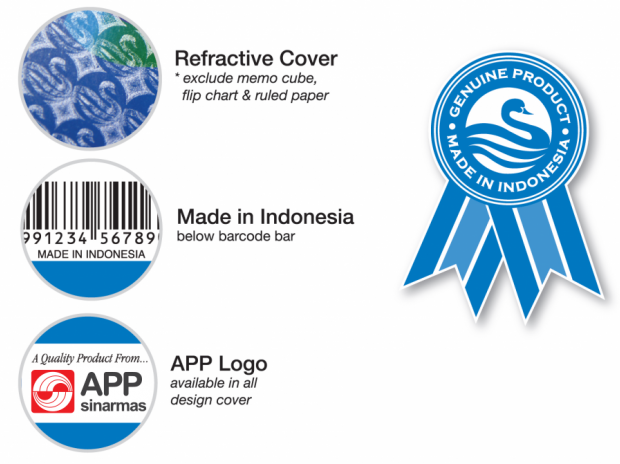Is drawing your child’s favourite activity? If yes, there is so much you can learn about your young one through his/her drawings.
For children, drawing is a source of immense enjoyment. It is an easy and natural outlet that helps express complex emotions. A child’s drawing may be an insight into their dreams, hopes and at times even fears.
For starters, studies suggest that early-age drawing isn’t necessarily an innate development as much as a result of a positive and secure environment where a child wishes to creatively express instead of holding back positive or negative thoughts.
Observing your child’s drawing patterns may help you discover the deeper layers into his/her feelings and thoughts. It may also provide you with insights to needs and wants the child may be hesitant and/or unable to express right away.
Colour usage –
You can start by paying attention to the colours your child uses. It is to be noted that girls generally tend to use more colours per page of drawing than boys usually do. Nevertheless, here’s what colour psychology indicates.
Black & purple may suggest that you have an assertive, dominant child. Such individuals turn out to be relatively demanding and authoritative. In other words, a natural leader.
Blue is picked by children who have a need to be liked by one and all. Such children enjoy company, are more social and may display a relatively more caring nature.
Red is an exciting colour that most children use. It is associated with a very common mentality that most children have – of not wanting to miss out on anything. Naturally, growing children are very curious and want to gather as much as they possibly can from their immediate environment.
Usage of pink is an indicator for the need to be pampered for, cared and loved. Due to gender expectations across many cultures, girls tend to use this colour more as boys are encouraged to be tough and independent early on. Characteristics associated with pink have largely been feminine traits, of wanting to be taken care of. But in today’s world, this toxic trait of having such extreme expectations of a child is slowly changing. So if your son picks up pink, it’s a win!
Green represents artistic intelligence. It is to go-to colour for minds that display a creative flair early on. Children who use a lot of green learn to enjoy their own company and like having their own space.
Yellow is a warm, happy colour that represents security, comfort and enjoyment.
The positioning of drawing on the page-
When it comes to positioning on the page, apparently the left side of the page is traditionally associated with the past and with nurturing. The right side relates to an interest in the future, and a need to communicate.
A child who places a drawing of a good size prominently on the page is considered to be well-balanced and secure, while in contrast, small figures are drawn at or near the lower edge of the paper, or in a corner, express feelings of inadequacy or insecurity. Such children might need more attention.
A word of caution – young children often doesn’t think too much while drawing. So, while you observe patterns, also take care not to read too much into it. A child is a complex being whose mental state cannot be assessed on drawing habits alone.
How you can encourage more drawing –
Since art helps parents and caregivers connect better and understand children, it is a great idea to make it a part of daily lives. Offer your child artistic supplies. Begin with something as simple as a Sinarline drawing book, pencils and crayons. You may slowly introduce markers, paints, brushes, mixing palettes and more.
Observe the process. The process is probably more important than the finished drawing. Participate sometimes and help your child accomplish more complex drawings he/she may desire to put down on paper. But remember, don’t instruct how your child needs to draw. Let him/her feel independent and confident of the creative output. Encourage this by displaying completed drawings in your homes to let him/her know that the efforts are valued.



